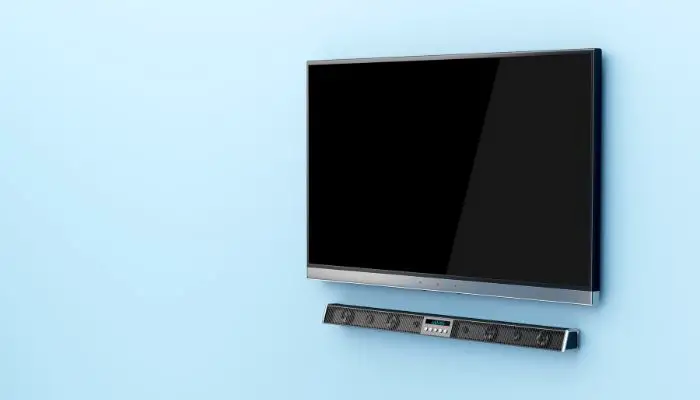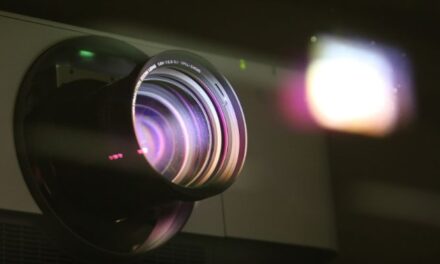A soundbar with a built-in subwoofer sounds like a pretty good idea. Most people buy soundbars due to a lack of space and throwing a subwoofer into that package will save even more space.
Plus, it will almost certainly be a decent upgrade to your current TV speakers, even if your TV costs thousands of dollars.
But if you think of quality subwoofers, they are usually pretty hefty devices; many times the size of a soundbar. Is it even possible to fit a quality sub within the body of a soundbar or is it just a marketing ploy by manufacturers to sell more soundbars?
Table of Contents
Are Soundbars With Built-In Subwoofers Good?

Soundbars with built-in subwoofers usually provide better sound than soundbars that don’t have built-in subwoofers. A high-end soundbar with an integrated sub will provide rich and dynamic sound with a good level of bass.
Most soundbars lack the size necessary to produce low-frequency sounds, so when you have a soundbar that includes a built-in subwoofer, they are generally larger or just absolutely terrible.
Very small and thin soundbars with a “built-in” subwoofer, are probably misleading customers. One big advantage you get is the lack of extra wires. Of course, some subwoofers that come with soundbars might be wireless.
Unfortunately, unless you have a really good wireless system, the sound quality isn’t as good. It can get out of sync because wireless audio conversion is much slower than wired.
The engineering required to fit an effective-sounding sub into the narrow casing of a subwoofer is going to be next level and not very tried and tested.
This means you’ll almost certainly be paying a premium for a quality soundbar with a built-in subwoofer. Take for instance the Sennheiser Ambeo Soundbar Max. It provides overall great sound quality and produces deep bass levels of 30Hz, but you’ll pay a lot for it.
Related Article: Are Soundbars Too Loud for Apartments? (And How To Lower Noise)
Is it Better to Have a Separate Subwoofer?
A built-in subwoofer is going to add some richness and depth to your audio experience, however, it’s never going to be as good as a separate, larger subwoofer. Subs are designed to emit low-frequency sound and, when combined with regular speakers, creates a truly immersive experience.
It’s a critical component in your sound system; if your soundbar lacks one, you’re really missing out. A separate subwoofer will usually have a better low-frequency sound and you have the option of moving it around, separate from the soundbar, until you find the best spot.
How to Know if Your Soundbar Has a Subwoofer
Most people understand the numbers in a sound system to mean how many speakers are in the overall system. When you purchase a soundbar, it will have a series of three numbers on the packaging, such as 2.1.2.
The first number tells you how many drivers are in the soundbar, not including a subwoofer. The second number tells you whether or not there’s a sub in the soundbar. The number 1 means there is a sub. The last number tells you how many speakers are in there.
It’s the middle number you need to be concerned with if you are looking for a soundbar that has a built-in subwoofer.
Bottom Line
Subwoofers usually range between 8” and 15” in size, with the larger subwoofers able to produce more low-frequency sound. You’re not going to get that level of low-frequency immersion in a soundbar with a built-in subwoofer.
That doesn’t mean that soundbars with built-in subwoofers are bad. Some are quite good and a lot depends on the size of the room you install your soundbar in.
A decent option is the LG SK5. It’s a little bigger than your average soundbar but it does offer your TV a decent audio upgrade.



